The Beatles in 1967
Buy Sgt. Pepper’s Lonely Hearts Club Band Buy Magical Mystery Tour There has never been (nor probably will ever be) a year in which a single band produced so much quality material as […]
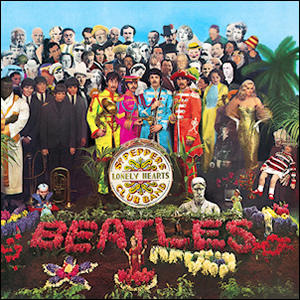
Buy Sgt. Pepper’s Lonely Hearts Club Band Buy Magical Mystery Tour There has never been (nor probably will ever be) a year in which a single band produced so much quality material as […]
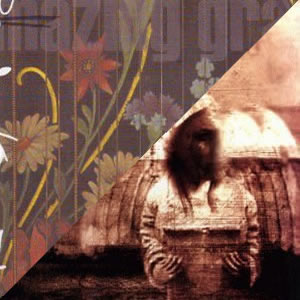
Buy Amazing Grace Buy Up There Down Here In the mid 1990s, The Badlees were a fast rising group, newly signed to major label Polydor and with a national selling album that spawned […]
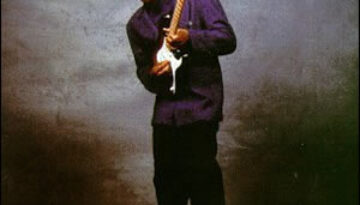
Buy Strong Persuader The 1980’s music scene is best remembered by most people as a time when synthesized sounds ruled the radio waves and the glitzy MTV videos of hair bands and rap […]
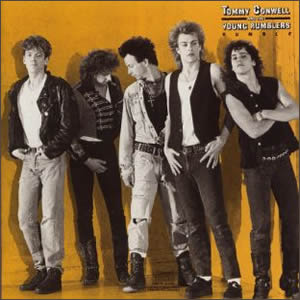
Buy Rumble Tommy Conwell and the Young Rumblers, a popular Philadelphia area “bar band”, caught the attention of Columbia Records when their 1986 independently released album, Walking on the Water, sold very well […]
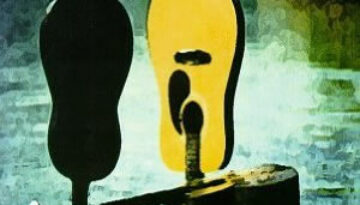
Buy River Songs After honing their sound for half a decade, The Badlees found their first real commercial success with River Songs. Originally released as the quintet’s third independent studio album in early […]
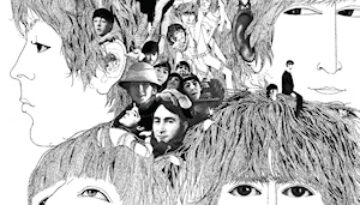
Buy Revolver As many times as I’ve heard someone say they love The Beatles, I have heard someone else say they think they are overrated. To a generation of listeners raised in the […]
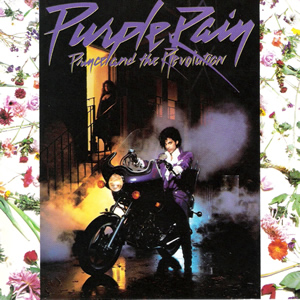
Buy Purple Rain Prince reached the pinnacle of his success in 1984, with the release of the musically potent Purple Rain to accompany the major motion picture of the same name. The sixth […]
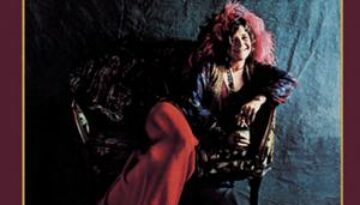
Buy Pearl Pearl was the final, posthumous album in the brief but explosive career of Janis Joplin. She died before the album’s completion on October 4, 1970, at just 27, done in by […]
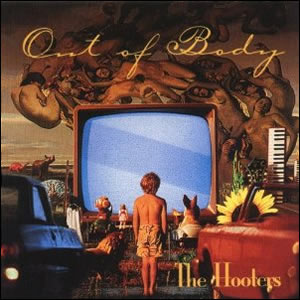
Buy Out of Body Out of Body was the fifth studio album by The Hooters, released in 1993, and would be the last before the band’s decade and a half hiatus from recording. […]
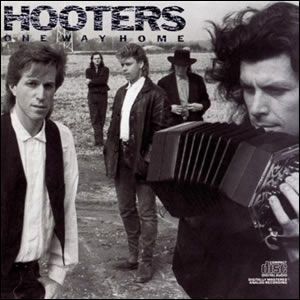
Buy One Way Home After two years of extensive touring in support of their first major label success, Nervous Night, the Philadelphia based group The Hooters returned to the studio to record One […]